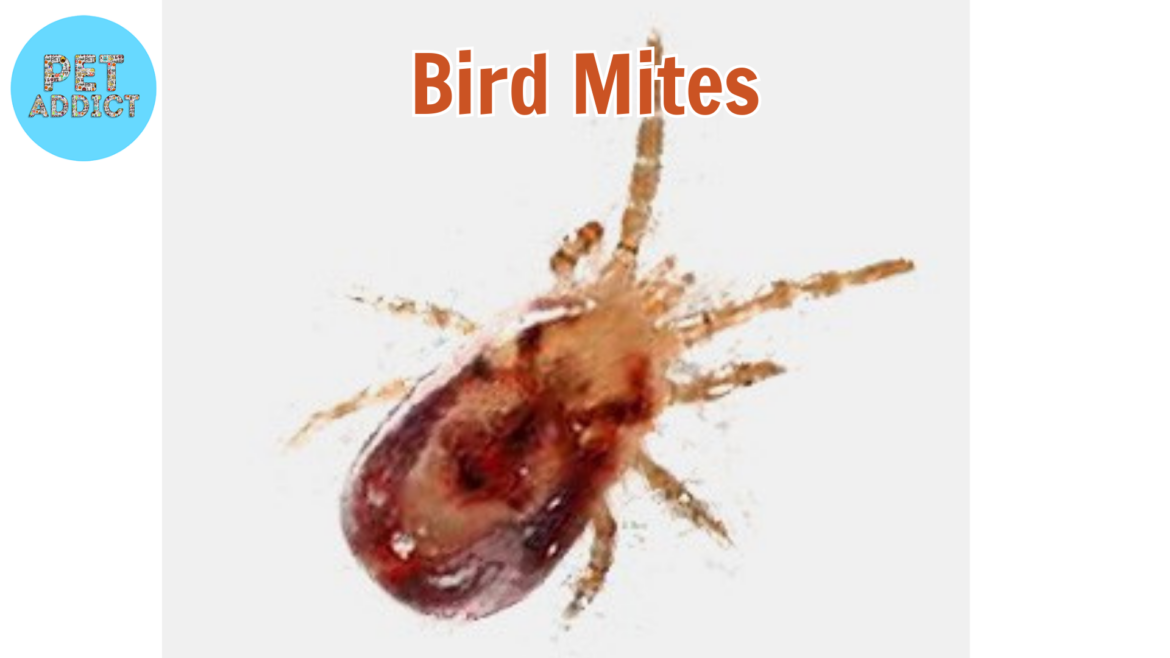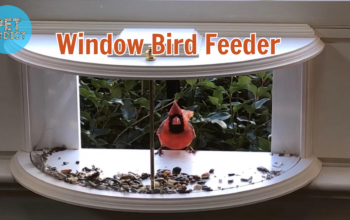Birds bring joy and beauty to our lives, but they can also inadvertently introduce unwelcome guests to our homes: bird mites. These tiny pests are often associated with birds’ nests and can become a nuisance if they find their way indoors. In this guide, we’ll explore the world of bird mites, from their identification to effective methods for prevention and control.
PetAddict.net – The best place where you can find everything about your pet!
Understanding Bird Mites
Bird mites are tiny arthropods that are closely related to ticks and spiders. They are ectoparasites, meaning they feed on the blood of birds and other animals. While bird mites primarily infest bird nests, they can also become a problem for humans when they migrate from abandoned nests into homes.
Identifying Bird Mites
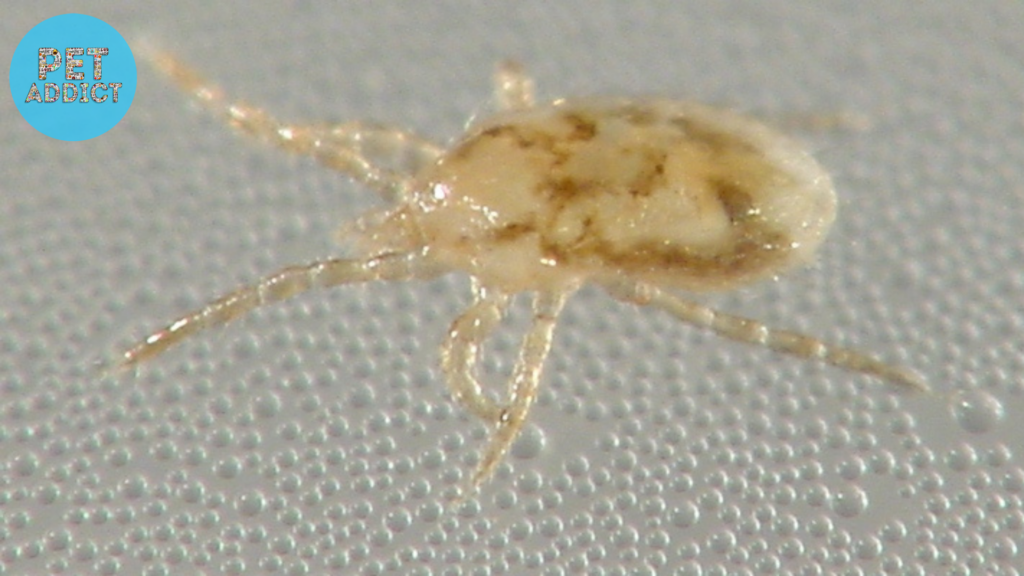
Identifying bird mites can be challenging due to their small size (0.2 to 0.5 millimeters) and semi-translucent appearance. However, there are a few signs that can help you determine if you’re dealing with bird mites:
- Bite Marks: Bird mites can bite humans, causing itchy red welts similar to mosquito bites.
- Crawling Sensation: Infested individuals often report a feeling of tiny insects crawling on their skin.
- Visible Mites: In some cases, you may be able to spot bird mites crawling on surfaces, especially if there’s a heavy infestation.
Preventing Bird Mites
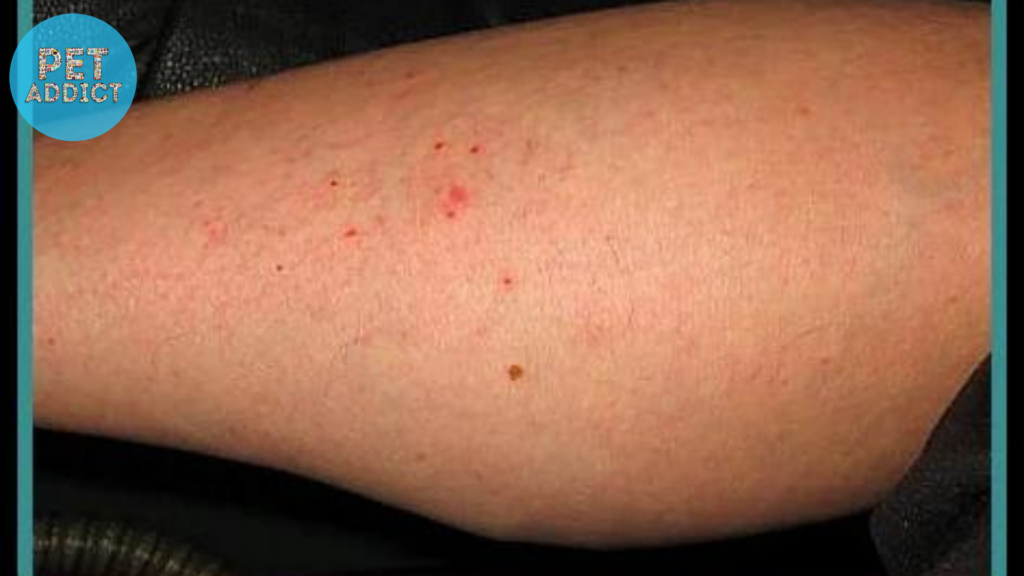
Preventing bird mites from infesting your home starts with addressing the root cause: bird nests. Here are some steps you can take:
- Nest Removal: Regularly inspect your property for bird nests, especially in eaves, vents, and other sheltered areas. Promptly remove abandoned nests to discourage mites from migrating indoors.
- Sealing Entry Points: Make sure your home is properly sealed to prevent birds from nesting in or around it.
- Trim Trees and Shrubs: Trim branches and foliage away from your home to reduce the likelihood of birds building nests in close proximity.
- Install Screens: Use fine mesh screens on vents and openings to prevent birds from entering while allowing proper ventilation.
Controlling Bird Mites

If you suspect a bird mite infestation, here are steps to take for effective control:
- Isolate and Vacuum: If you find an infested area, isolate it as much as possible and vacuum thoroughly. Dispose of the vacuum bag immediately to prevent mites from escaping.
- Wash Bedding: Wash bedding, linens, and clothing in hot water to eliminate any mites that may have migrated onto them.
- Professional Pest Control: If the infestation is severe or persistent, consider contacting a pest control professional with experience in bird mite infestations.
Protecting Yourself
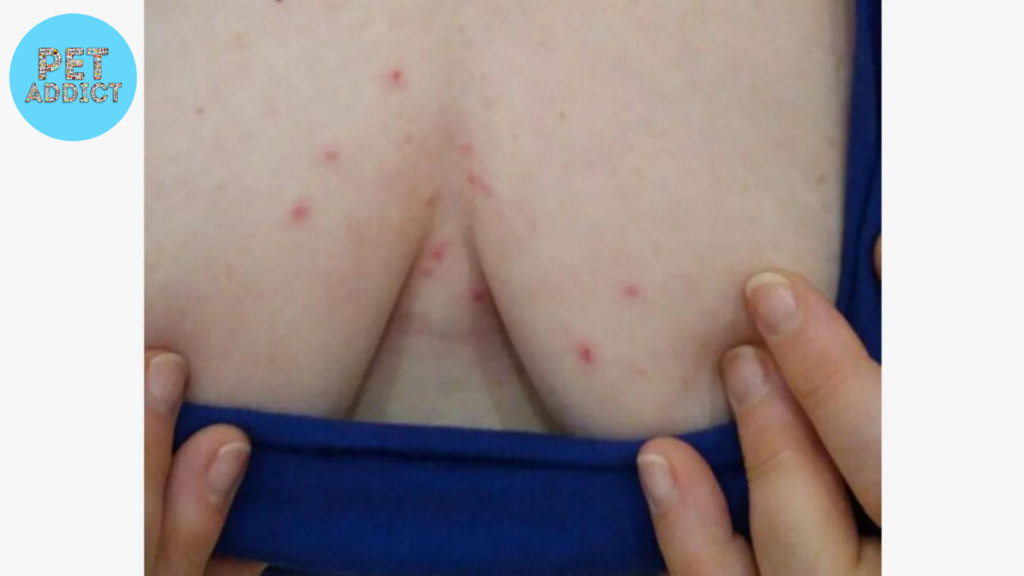
If you’re dealing with a bird mite infestation, there are steps you can take to protect yourself:
- Personal Hygiene: Shower regularly and use mild soap to wash your body and hair, as mites may be present.
- Topical Treatments: Over-the-counter anti-itch creams or lotions can provide relief from itching caused by mite bites.
- Avoid Scratching: Although it can be challenging, avoid scratching the affected areas to prevent secondary infections.
Conclusion
While bird mites can be a frustrating issue to deal with, they can be managed effectively with the right approach. By taking preventive measures, promptly addressing bird nests, and following proper hygiene practices, you can minimize the risk of bird mite infestations and enjoy the presence of birds without the unwanted guests.
FAQs
- Q: Can birdmites infest my home even if I don’t have birds? A: Yes, birdmites can migrate from abandoned nests and seek shelter indoors.
- Q: Do birdmites only bite humans? A: Birdmites primarily feed on birds, but they can also bite humans if they are unable to find their preferred host.
- Q: Are birdmites harmful to humans? A: While birdmites aren’t known to transmit diseases to humans, their bites can cause itching, discomfort, and skin irritation.
- Q: Can birdmites infest my furniture? A: Birdmites are typically found near bird nests, so infestations are more likely in areas where birds have nested.
- Q: Can I use insecticides to get rid of birdmites? A: Insecticides may help control birdmites in certain situations, but it’s important to follow the instructions carefully and consider consulting a pest control professional.

